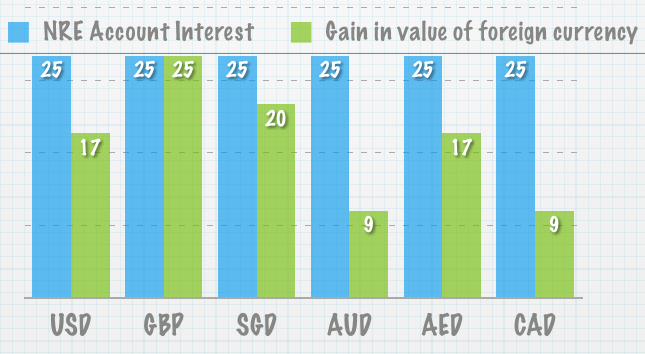Before getting into the content of the post, let me very briefly state my personal plans for blogging, and the rationale behind those plans.
I gave up on blogging a few years ago because I was outside India for a very long time, and found myself out of touch with the Indian markets, and found it difficult to write about Indian personal finance.
Shiv kept the blog alive, and in some ways OneMint kept itself alive as I am quite consistently surprised at the traffic the blog still gets, and its resilience. I have always missed blogging, but due to the lack of a clear purpose in my head I wasn’t able to commit myself to it again.
That has changed in the last month or so, and I have decided to resume writing once again with a focus on NRIs in the US, as this is the area most familiar to me because I am one myself, and I hope to write about one post per week and answer all comments.
With that said, let me get to the content of the post itself.
I booked a number of long distance air tickets recently, and wondered why I don’t have a travel credit card? A quick search revealed that the Chase Sapphire Preferred Credit Card is one of the most popular and recommended credit cards for people who travel a lot. This is not a free credit card, and comes with an annual fee of $95, and prior to getting this card I didn’t have any other card on which I paid a fee.
So, why did I choose to get this card? For starters, they have a sign up bonus of $600 that you can get if you spend $4,000 in the first four months. I know that I will be able to get this bonus, as I have some big ticket purchases planned in the near future, so that pretty much means that even if I do nothing else with the card the fee will be paid for by the bonus itself.
But that’s not really a reason to get the card. The reason I was attracted to the card is that they give you one point for every dollar you spend, where one point is equal to one cent, so a 1% cashback on all purchases.
But more importantly they give 2 points on all travel and dining purchases which can really add up when you consider the high cost of overseas tickets, and you can also use these points to book tickets from their portal and transfer them as miles to partner airlines. You also get 25% more rewards when you redeem your points through Chase Ultimate Rewards but I am not sure how that practically works. I do however have a friend who has done this and told me it works seamlessly, so I am looking forward to try this out myself as well.
The interest rate on the card is really high, so you should definitely pay off the balance if you intend to get this card, and I have read some really bad reviews about people trying to claim insurance on canceled trips, so that wasn’t a factor in my decision to getting this card.
I will write a follow up post once I start using this card, and more importantly once I redeem a reward and see how it practically works, but for now I am looking forward to my new credit card.
Please leave a comment if any of you have this card, and what your experience with it has been, and if you have any other travel card that you think is better than this one, especially one that gives you international lounge access as that’s one thing that I wanted but this card didn’t have.

